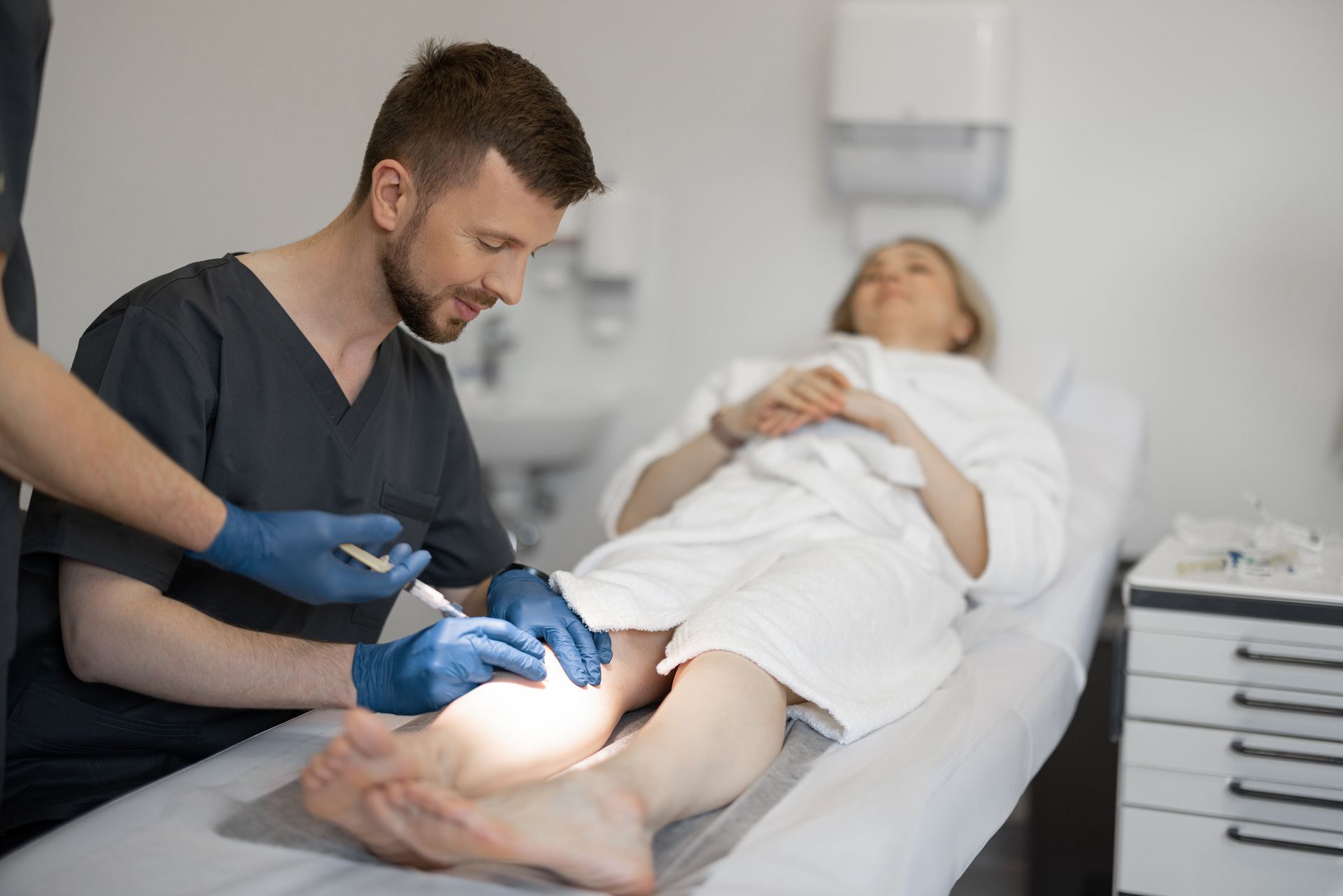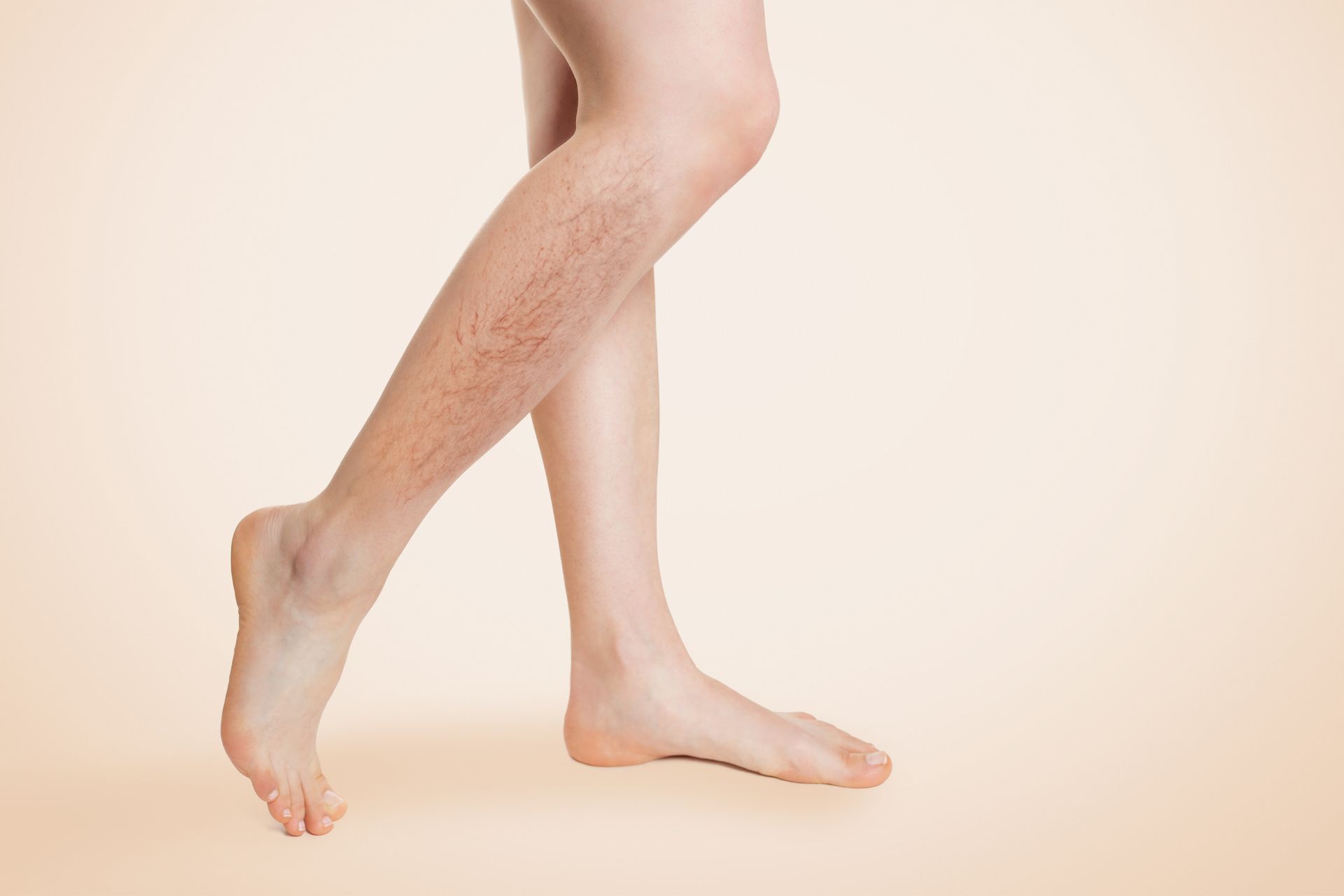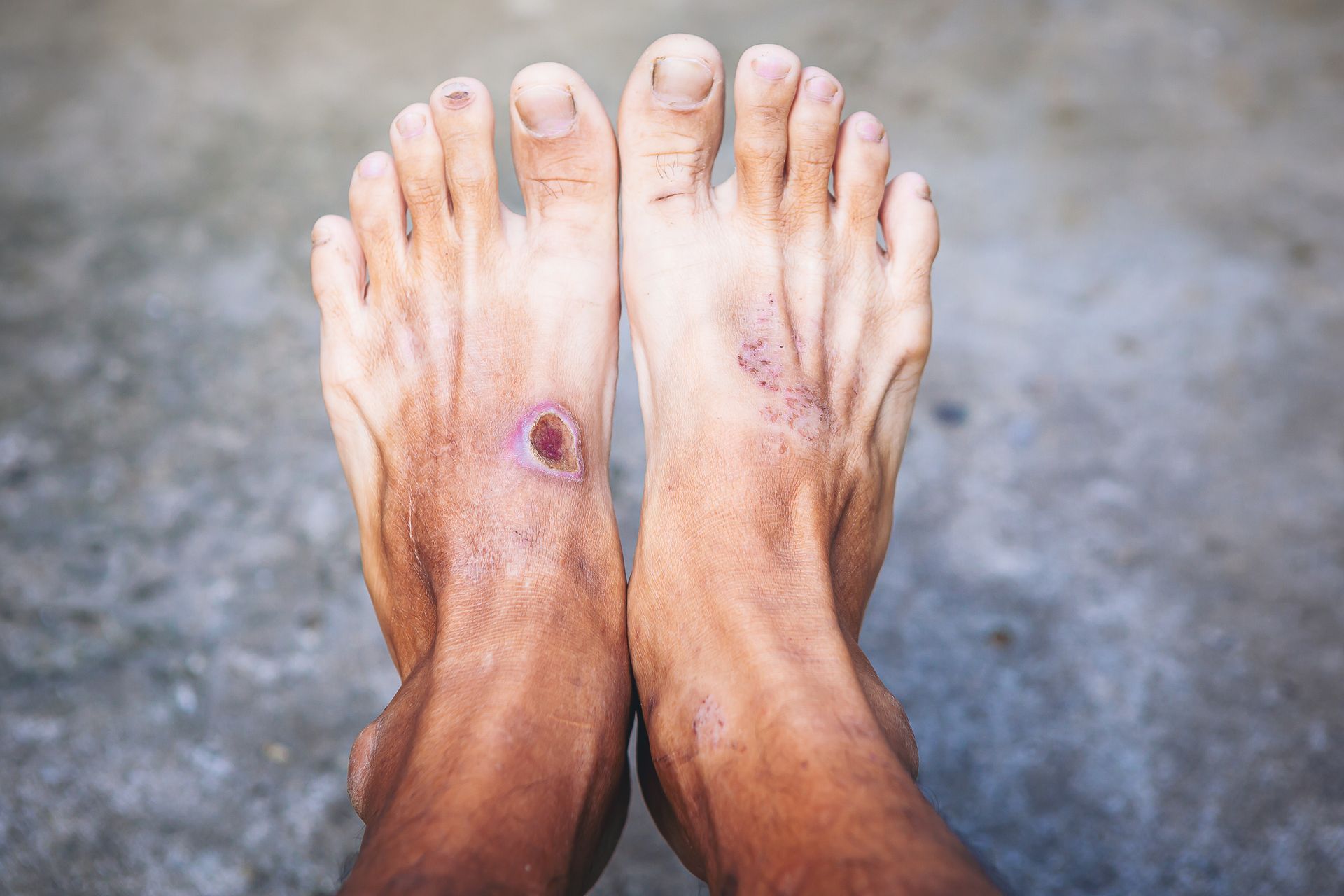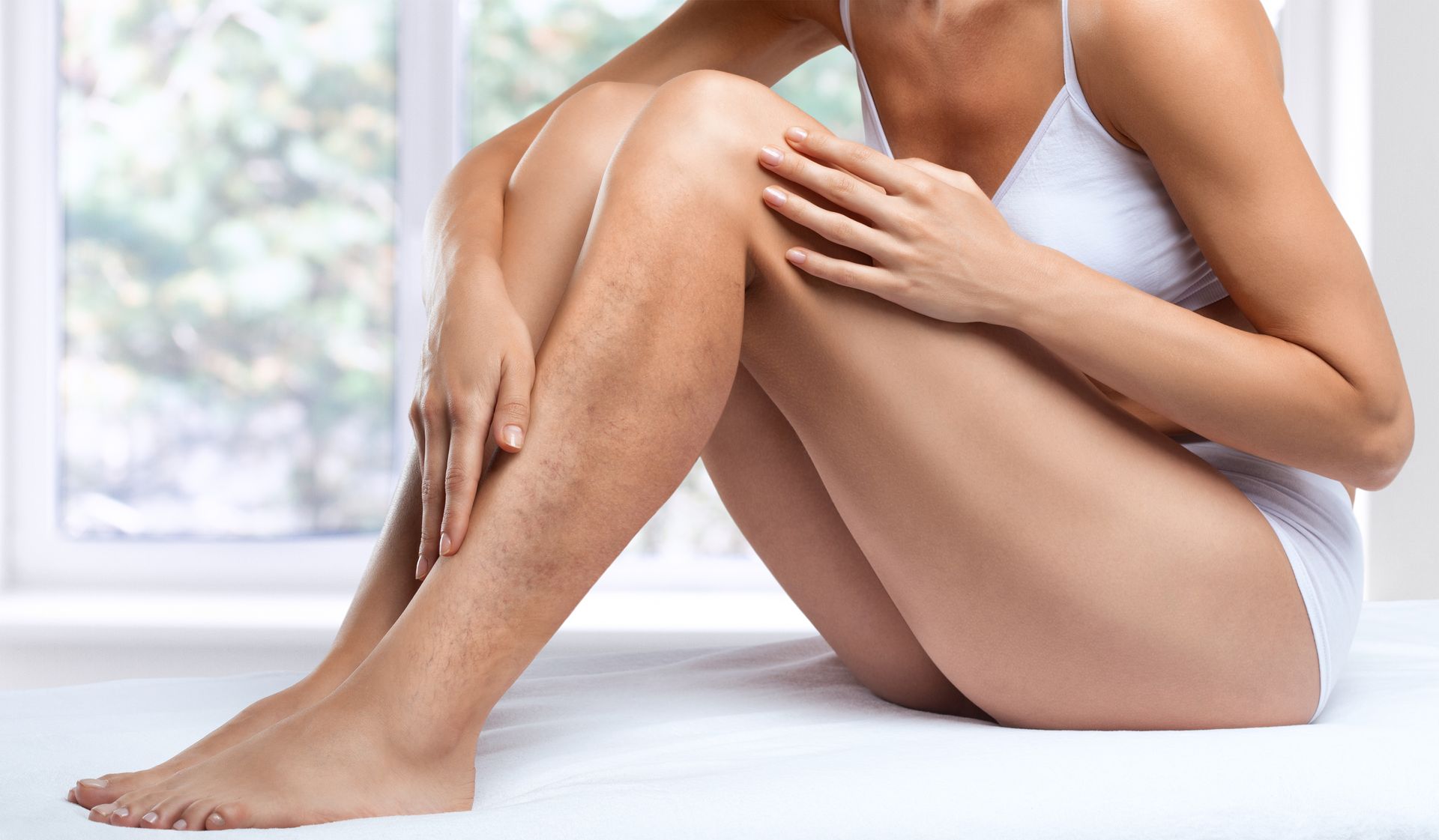Blog
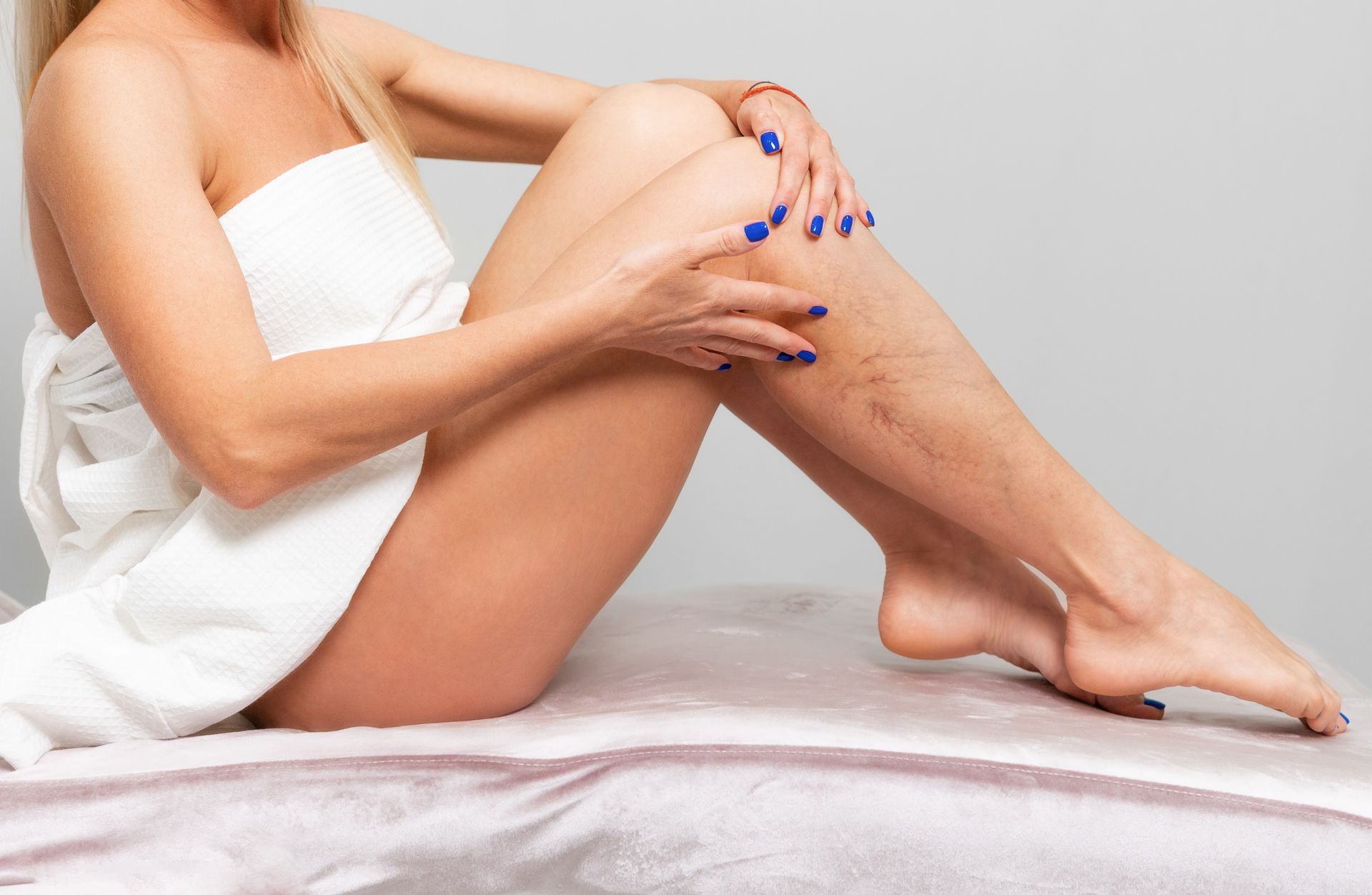
July 25, 2024
Venous insufficiency is a common condition that affects millions of people worldwide. It occurs when the veins in your legs are unable to efficiently return blood to your heart, leading to various symptoms and potential complications. At The Vein Institute, we specialize in diagnosing and treating venous insufficiency to help you maintain healthy, pain-free legs. In this comprehensive guide, we'll explore the causes, symptoms, and treatment options for venous insufficiency. What is Venous Insufficiency? Venous insufficiency is a condition where the veins have trouble sending blood from the legs back to the heart. This is due to the weakening or damage of the vein valves, which are responsible for preventing blood from flowing backward. When these valves fail, blood pools in the legs, causing a range of symptoms and potential health issues. Causes of Venous Insufficiency Understanding the underlying causes of venous insufficiency can help in its prevention and management. Some common causes include: Age: The risk of venous insufficiency increases with age as vein walls and valves naturally weaken over time. Genetics: A family history of venous insufficiency or varicose veins can increase your risk of developing the condition. Obesity: Excess weight puts additional pressure on your veins, contributing to valve dysfunction. Prolonged Standing or Sitting: Jobs or activities that require long periods of standing or sitting can impede blood flow and increase the risk of venous insufficiency. Pregnancy: Hormonal changes and increased blood volume during pregnancy can weaken vein walls and valves. Gender: Women are more likely to develop venous insufficiency due to hormonal factors and pregnancy. Previous Blood Clots: A history of deep vein thrombosis (DVT) can damage vein valves, leading to venous insufficiency. Symptoms of Venous Insufficiency The symptoms of venous insufficiency can vary from mild discomfort to severe pain and complications. Common symptoms include: Swelling: Swelling in the lower legs and ankles, particularly after standing for long periods. Varicose Veins: Enlarged, twisted veins visible just beneath the skin's surface. Pain and Discomfort: Aching, throbbing, or a heavy feeling in the legs. Skin Changes: Discoloration, dryness, or itching of the skin around the affected veins. Ulcers: Chronic venous insufficiency can lead to the development of painful, slow-healing ulcers on the lower legs and ankles. Restless Legs: A frequent urge to move the legs, especially at night, which can disrupt sleep. Diagnosing Venous Insufficiency If you suspect you have venous insufficiency, it's essential to seek a professional diagnosis. At The Vein Dr., we use advanced diagnostic tools and techniques to accurately assess your condition. Common diagnostic methods include: Physical Examination: A thorough physical exam to check for visible signs of venous insufficiency, such as swelling and varicose veins. Duplex Ultrasound: A non-invasive imaging test that uses sound waves to visualize blood flow in your veins and identify any blockages or valve dysfunction. Venography: An X-ray test that involves injecting a contrast dye into your veins to provide a detailed view of the venous system. Treatment Options for Venous Insufficiency Effective treatment for venous insufficiency aims to improve blood flow, alleviate symptoms, and prevent complications. Depending on the severity of your condition, your treatment plan may include: Lifestyle Changes Exercise: Regular physical activity, such as walking or swimming, can improve circulation and strengthen leg muscles. Weight Management: Maintaining a healthy weight reduces pressure on your veins and helps improve blood flow. Elevating Legs: Elevating your legs above heart level for short periods throughout the day can reduce swelling and improve circulation. Compression Stockings: Wearing compression stockings can help support your veins and improve blood flow by applying gentle pressure to your legs. Medications Pain Relief: Over-the-counter pain relievers, such as ibuprofen or acetaminophen, can help manage pain and discomfort. Diuretics: Medications that help reduce fluid buildup and swelling by increasing urine production. Venoactive Drugs: Medications specifically designed to improve vein function and reduce symptoms of venous insufficiency. Minimally Invasive Procedures Sclerotherapy: A procedure in which a sclerosing agent is injected into the affected veins, causing them to collapse and fade over time. Radiofrequency Ablation (RFA): A procedure that uses radiofrequency energy to heat and close off varicose veins. Microphlebectomy: A technique in which small incisions are made to remove varicose veins close to the surface of the skin. Preventing Venous Insufficiency While some risk factors for venous insufficiency are beyond your control, you can take proactive steps to reduce your risk and prevent the condition from worsening. Consider the following preventive measures: Stay Active: Regular exercise promotes good circulation and helps maintain a healthy weight. Avoid Prolonged Sitting or Standing: Take breaks to walk around or elevate your legs if your job requires long periods of sitting or standing. Wear Compression Stockings: If you're at risk of venous insufficiency, wearing compression stockings can provide additional support to your veins. Maintain a Healthy Diet: A balanced diet rich in fiber, vitamins, and minerals supports overall vascular health. Stay Hydrated: Drinking plenty of water helps maintain proper blood viscosity and circulation. Venous insufficiency is a common but manageable condition. With the right diagnosis and treatment, you can alleviate symptoms and improve your quality of life. At The Vein Dr. , we're committed to providing expert care and personalized treatment plans to help you manage venous insufficiency effectively. If you're experiencing symptoms or have concerns about your vein health , contact us today to schedule a consultation.
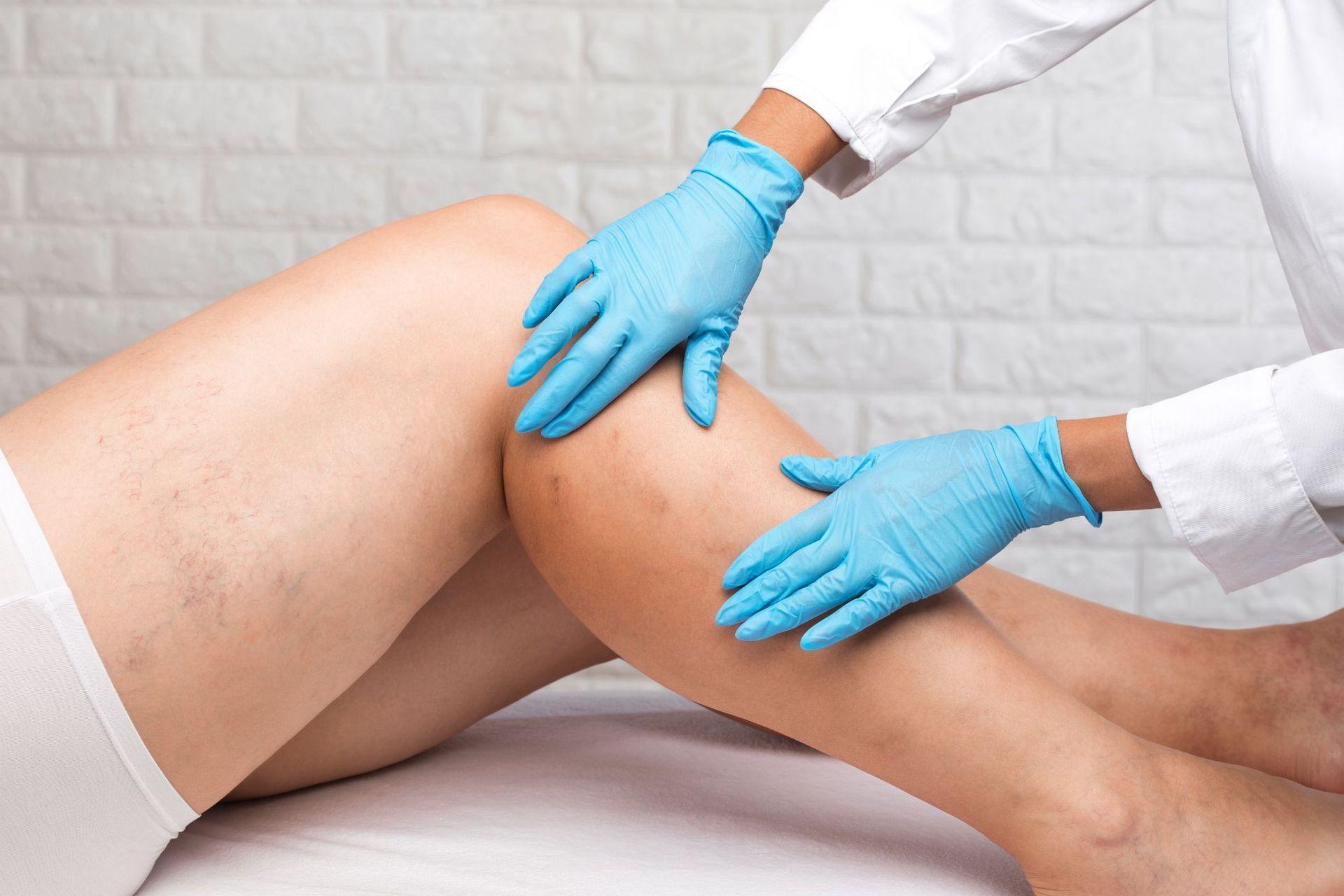
June 13, 2024
Early detection and screening are critical in preventing and managing significant health issues related to the veins in the legs. Conditions affecting the leg veins can lead to severe complications if not promptly identified and treated. At The Vein Institute, with convenient locations in San Antonio and Boerne, we focus on early detection and offer various diagnostic and treatment options to address these concerns.




This website is intended for information purposes only and should not be used to self-diagnose. Always consult a physician regarding your medical diagnosis and treatment. The pictures on this website are for demonstration purposes and do not represent actual patients treated by Dr. Sorace.
© 2025
The Vein Insitute | All Rights Reserved | Site Design by Infinity Medical Marketing | Privacy Policy

